

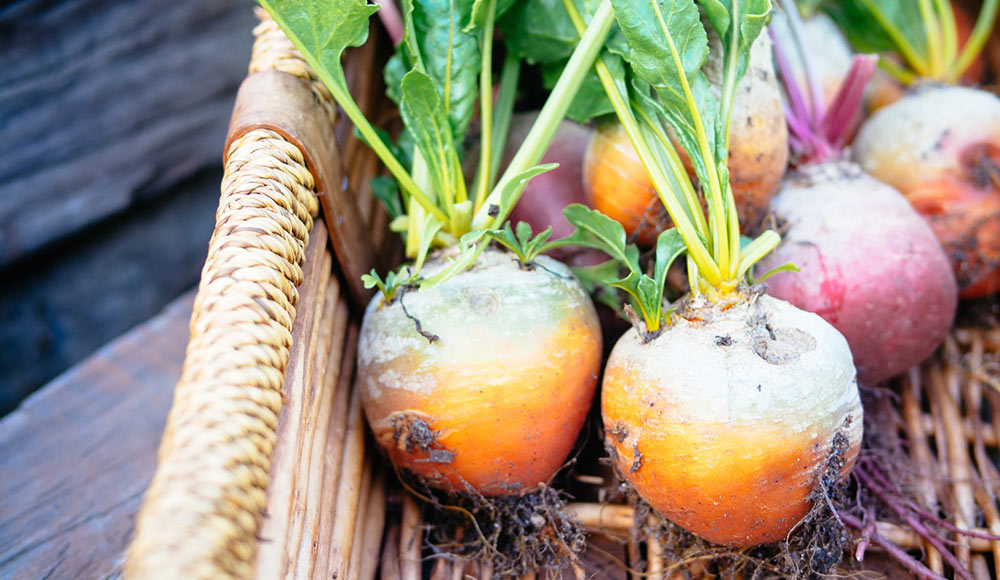
By Linda Ly
As the season starts to dwindle, the last thing on your mind is probably planting fall crops during the dog days of summer. But the cooler days of autumn are prime time for growing a variety of leafy greens and root vegetables, some of which actually favor a nip in the air. To ensure your fall garden grows to maturity before winter sets in, start seeding your crops in mid to late summer – conveniently, around the same time your spring-sown crops are winding down for the season.
These 7 varieties are easy to grow even for a beginner gardener. They do best when daytime temperatures start dipping into the 70s and nights are in the 40s and 50s. Be sure to start your seeds while the weather is still warm. If you wait until it cools off considerably, it might already be too late for most crops.
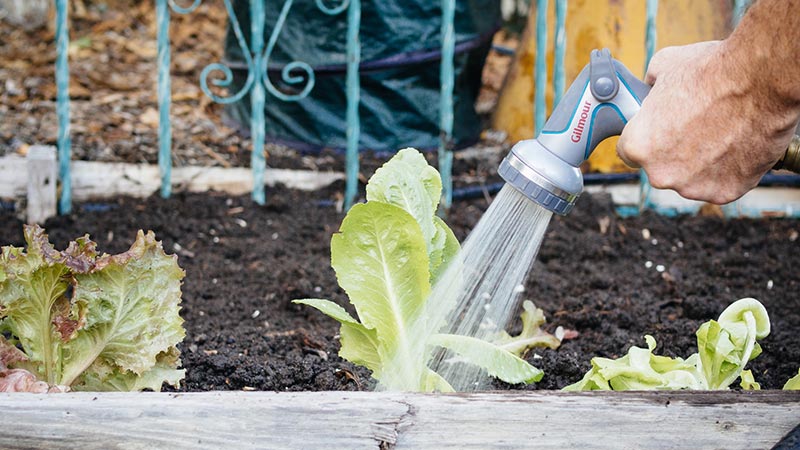
Sweet, tender lettuce should be planted 4 to 8 weeks before the first frost, and can be harvested at all stages, from baby leaf to full head. Try succession planting your favorite varieties for salad all season long. Lettuce can make it through the winter if grown under row cover or in a cold frame.
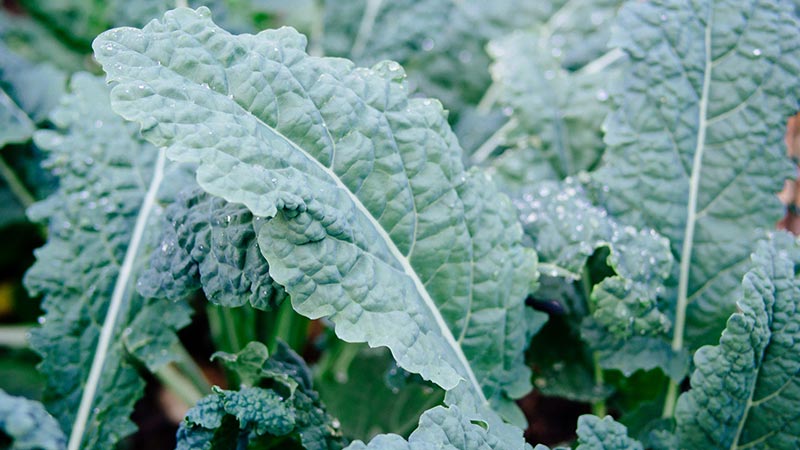
This extremely hardy vegetable loves the cold. In fact, the leaves turn sweeter when met with frost. The flavor actually improves when harvested under a blanket of snow. Come spring when warm weather causes it to bolt, you can harvest and eat the sweet flower buds, too.

Similar to its brassica cousin, kale, cold-hardy cabbage keeps thriving through frost. It likes a lot of space in the garden so plan for around 2 ft. per plant to produce a large and impressive head of cabbage. Cabbage can be spaced as little as 1 ft. apart, but the heads will be smaller.

These multipurpose vegetables work wonders as a cover crop and nitrogen fixer if you’re trying to revive poor soil. They produce a full top-to-tail harvest in all stages, from the leaves to the flowers to the pods. Fava beans are also forgiving plants that can grow in partial shade and clay soil, as well as tolerate temperatures down to 15°F.
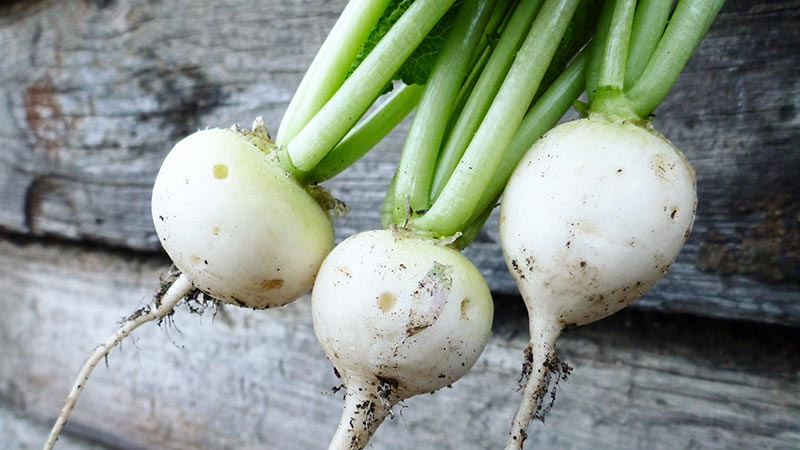
Quick-growing spring varieties mature in 3 to 4 weeks and can be succession-planted every week until a month before the first frost. Winter varieties are slower growing but offer larger roots and leaves, more robust flavor, and longer storage (in the ground and in the fridge after harvest). Grow both types for some variety in your fall garden!
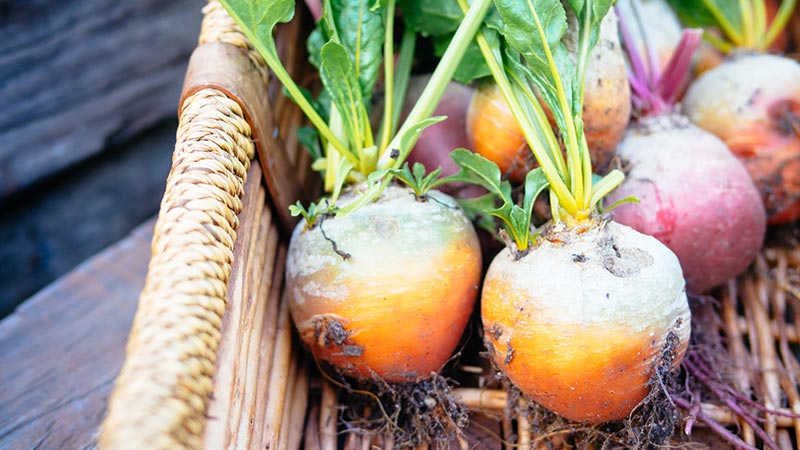
These hardy vegetables can tolerate light frosts, and are able to survive winter with heavy mulch and row cover in zones 6 and above. Thin the seedlings to encourage a more productive crop and use them in salads. You can also harvest the young leaves while the root is developing, but try not to pick more than a few leaves from each plant as it may affect growth.
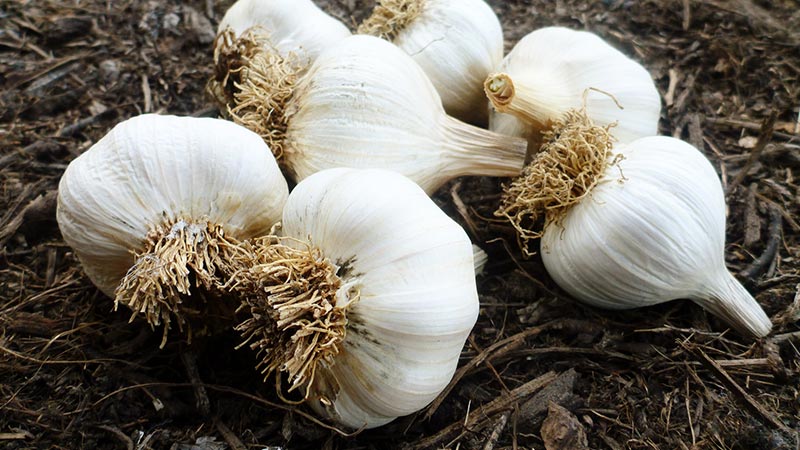
It takes a lot of patience to grow garlic, as the bulbs need about 9 months to reach maturity. However, they are worth the wait, and once planted, it’s a very low-maintenance crop. You’ll want to plant garlic in the fall before the ground freezes (generally October for most zones). It’ll likely be the last thing to go in the garden before you hang up the trowel.
To find the best window for planting fall crops, you’ll need to know the average date of the first frost in your region. Your local nursery or cooperative extension office will be able to provide this information. You can also look it up in an online almanac. Then, check your seed packets for the “days to maturity” listed and subtract that number from the first frost date to determine the optimal time for planting that variety.
In general, counting back about 12 weeks from the first frost date will allow you to grow the widest range of vegetables.
| 12 to 14 weeks before the first frost | Direct sow lettuce, radishes, and rutabagas
Start seeds for cabbage, kale, cauliflower, kohlrabi, and other brassicas indoors |
| 10 to 12 weeks before the first frost | Direct sow beets, carrots, and chard, plus another round of lettuce and radishes
Transplant seedlings for cabbage, kale, cauliflower, kohlrabi, and other brassicas outdoors |
| 8 to 10 weeks before the first frost | Direct sow spinach, arugula, turnips, mustard, Asian greens, and another round of lettuce and radishes (including winter radishes) |
| 6 to 8 weeks before the first frost | Direct sow another round of spinach and radishes |
| On or around the first frost | Direct sow garlic, onions, and shallots |
If you miss your optimal planting window, look for early-maturing varieties of your favorite vegetables. This can shave off a couple of weeks from seed to harvest. However, if your crop needs 75 days to mature and you’re only 50 days away from the first frost, the easiest option is to buy starter plants from a nursery and simply set a reminder for yourself to start seeds earlier next year.
For seeds sown directly outside, be sure to keep the first inch of soil moist and remember that summer-sown vegetables may require watering twice a day. Use an adjustable nozzle set on a gentle spray to ensure your seeds get plenty of consistent moisture during the critical germination period.
As your plants continue to grow, keep an eye on late summer heat spells or rainstorms that may affect how much water they need day to day. Once the cooler temperatures of autumn arrive, transition to a less frequent watering schedule so the soil doesn’t become waterlogged.
From the moment you pick it up, you’ll notice these nozzles are different. Designed with mobility in mind, they feature Gilmour’s innovative Swivel Connect. The swivel allows the nozzles to pivot without
Learn MoreWinter Gardening Tips to Tackle in the Off Season
As winter marches on, avid gardeners become more and more eager to get growing. While you may not be able to dig your spade into the soil just yet, there is plenty
Learn MoreDesign a Beautiful Drought Resistant Yard
Hot weather and drought-like conditions don’t mean a beautiful yard and garden is out of reach. Learn everything you need to know about drought tolerant landscaping, including the best type of plants,
Get the Dirt